Born in Limoges on 6 February 1897, Ménardeau began his artistic initiation with drawing and painting lessons in Paris in 1906. His ambitions to study at the Beaux-Arts were thwarted by the outbreak of the First World War.
He joined the Navy as a wireless operator, but his fate changed in 1917 when the freighter on which he was serving, the Kuang-Si, was torpedoed by the Germans near Lizard Point. Miraculously, none of the crew was injured. The forced stopover in Great Britain was a decisive moment for Ménardeau, as it was there that he discovered the art treasures at the Cardiff Museum, sparking his passion for painting.
After his military service in 1921, he devoted himself fully to painting. He studied under the tutelage of Charles Fouqueray. Concarneau became his home port in 1924.
Ménardeau exhibited at the Salon des Artistes Français between 1925 and 1931. In 1936, he was awarded the title of Painter of the Navy. Throughout his life, he explored the world, travelling to the Indian Ocean, Mauritius and especially Reunion Island where many of his works are part of the Léon Dierx Museum collection in St Denis, Indochina, South Africa and South America.
After retiring from sailing in 1963, Ménardeau spent more time in Concarneau, still traveling around France. In 1977, aware of his declining health, he decided to go back to Mauritius, where he finally passed away.
Ménardeau was a member of the group of Concarneau painters, an artistic movement inspired by the lives of Breton peasants and sailors. His artistic legacy, particularly as a naval painter and a great traveling painter, continues to be celebrated by enthusiasts around the world. The painting presented represents an undoubtedly remarkable Tonkinese site in Along Bay, although not yet identified by us, as evidenced by the fact that it was used by another painter from Indochina, Gustave Martinien Salgé ( 1878-1846). which reproduces the same panorama almost identically. See attached photo.













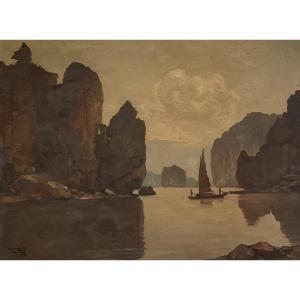
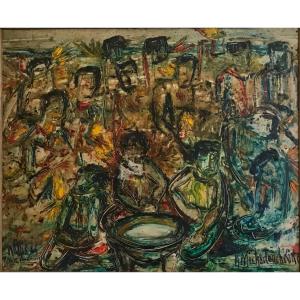
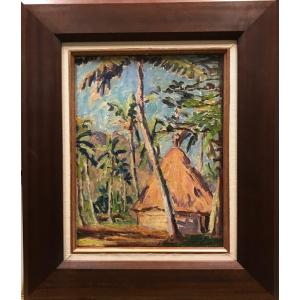



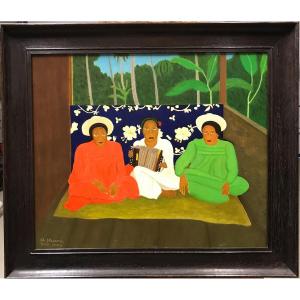
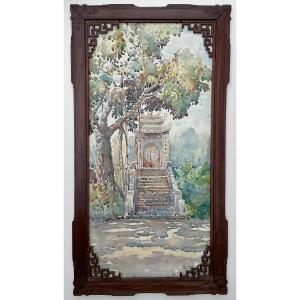

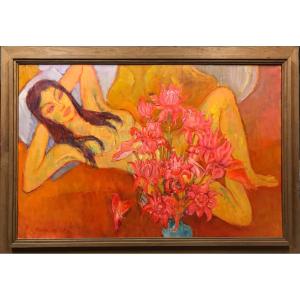



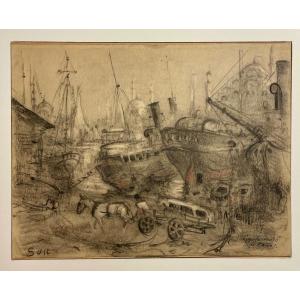


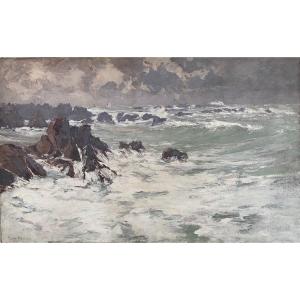






 Le Magazine de PROANTIC
Le Magazine de PROANTIC TRÉSORS Magazine
TRÉSORS Magazine Rivista Artiquariato
Rivista Artiquariato